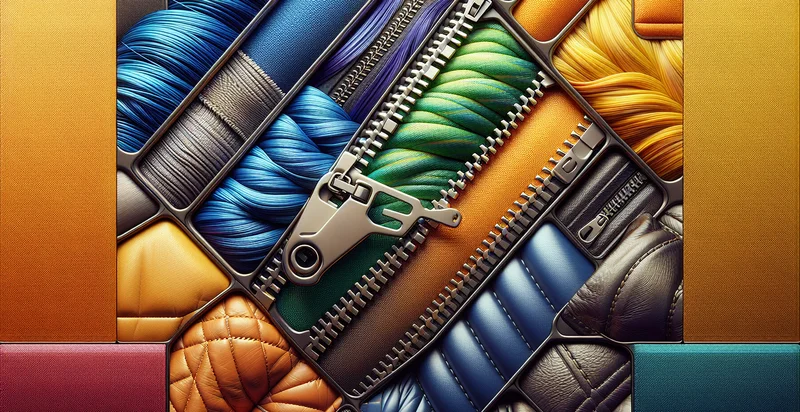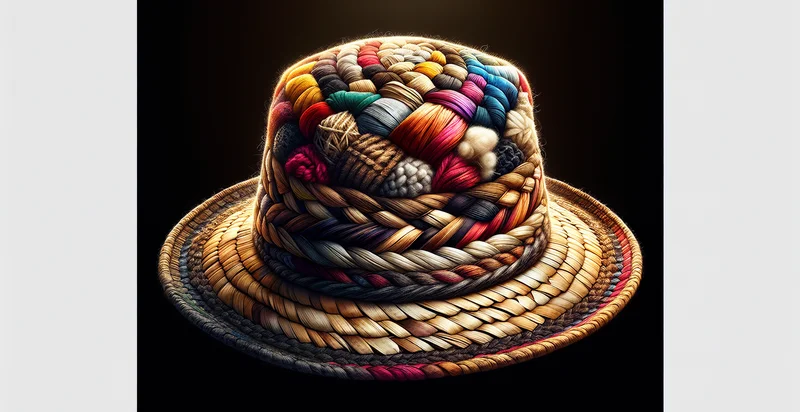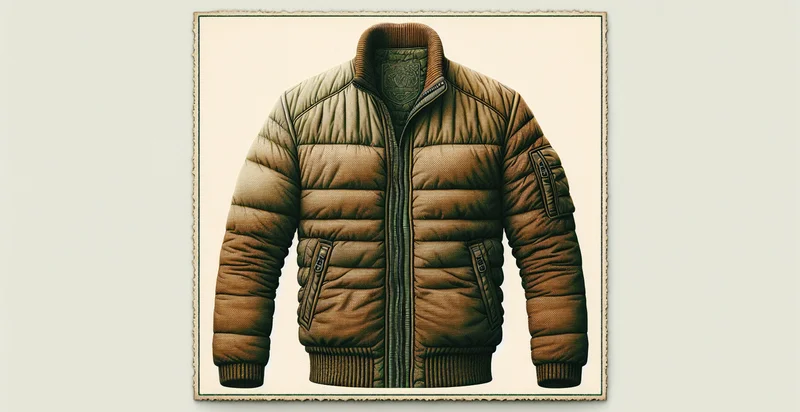Identify what material a suitcase is made from
using AI
Below is a free classifier to identify what material a suitcase is made from. Just upload your image, and our AI will predict what material a suitcase is made from - in just seconds.

Contact us for API access
Or, use Nyckel to build highly-accurate custom classifiers in just minutes. No PhD required.
Get started
import nyckel
credentials = nyckel.Credentials("YOUR_CLIENT_ID", "YOUR_CLIENT_SECRET")
nyckel.invoke("what-material-a-suitcase-is-made-from", "your_image_url", credentials)
fetch('https://www.nyckel.com/v1/functions/what-material-a-suitcase-is-made-from/invoke', {
method: 'POST',
headers: {
'Authorization': 'Bearer ' + 'YOUR_BEARER_TOKEN',
'Content-Type': 'application/json',
},
body: JSON.stringify(
{"data": "your_image_url"}
)
})
.then(response => response.json())
.then(data => console.log(data));
curl -X POST \
-H "Content-Type: application/json" \
-H "Authorization: Bearer YOUR_BEARER_TOKEN" \
-d '{"data": "your_image_url"}' \
https://www.nyckel.com/v1/functions/what-material-a-suitcase-is-made-from/invoke
How this classifier works
To start, upload your image. Our AI tool will then predict what material a suitcase is made from.
This pretrained image model uses a Nyckel-created dataset and has 12 labels, including Aluminum, Canvas, Fabric, Hybrid, Leather, Metal, Nylon, Plastic, Polyester and Rubber.
We'll also show a confidence score (the higher the number, the more confident the AI model is around what material a suitcase is made from).
Whether you're just curious or building what material a suitcase is made from detection into your application, we hope our classifier proves helpful.
Related Classifiers
Need to identify what material a suitcase is made from at scale?
Get API or Zapier access to this classifier for free. It's perfect for:
- Inventory Management: Retailers can utilize the suitcase material classification tool to streamline their inventory management. By accurately identifying the materials of the suitcases they stock, businesses can manage storage efficiently and ensure that they meet consumer demand for specific materials.
- Quality Control: Manufacturers can implement this function as part of their quality assurance processes. By verifying the materials used in production, they can maintain consistency, reduce defects, and enhance the overall quality of their suitcases.
- Sustainability Reporting: Eco-conscious brands can use the material identification feature to track and report on sustainability metrics. By understanding the materials used in their products, companies can better communicate their environmental impact and progress toward sustainable practices to customers and stakeholders.
- Fraud Detection: E-commerce platforms can leverage the classification function to detect fraudulent listings. By ensuring that the claimed materials match the actual materials in the product, platforms can protect consumers from being misled and maintain their integrity.
- Marketing and Branding: Businesses can enhance their marketing strategies by using material identification to create targeted campaigns. By showcasing the unique benefits and features associated with different materials, companies can attract consumers who prioritize quality and durability.
- Warranty and Claims Processing: Companies can streamline their warranty and claims processing by confirming the materials of returned suitcases. This can help identify genuine defects or issues more efficiently, enhancing customer satisfaction and reducing the processing time for claims.
- Customization and Personalization: Travel gear brands can use this classification function to offer personalized recommendations to customers based on their preferred materials. By tailoring product suggestions to individual tastes, businesses can increase sales and improve customer loyalty.


